This book offers a reading of the early history of technological advancement in the Indian subcontinent from a historical view point. The time covered in the book spans the period from the first days of settled humah society to the advent of the Iron Age. Three major aspects of technological break through have been surveyed : Animal husbandry, agriculture and metallurgy. These three were the main determinants of the course of development that took human experience to the levels of early civilization. In treating technological development a socio-economic frame work of analysis has been adopted. One of the major intentions of this work is to project the essential link between social and technological developments and the necessity of taking a social angle when studying the history of technology. Instead of dealing with the data on technology as separate from the general evidences they were collectively analysed in the context of social existence. The author has offered some new planations explanations for the problem areas in Indian Protohistory. More importantly, the work reveals the necessity to treat the protohistory of India at microlevels in order to make significant contributions in analysing social progress. The author has highlighted the plurality of social existence evident not only in the form of distinct cultural contexts but also within the macrocosms of such homogeneous contexts like the Harappan Culture and other chalcolithic cultures throughout the temporal and spatial span covered.
Methodologies of Interpreting the Ancient Past of South Asia: Studies in Material Culture
The present volume embodies ...
$211.50
$235.00

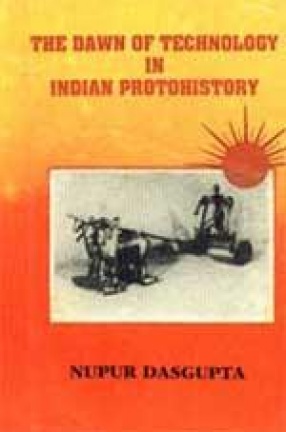
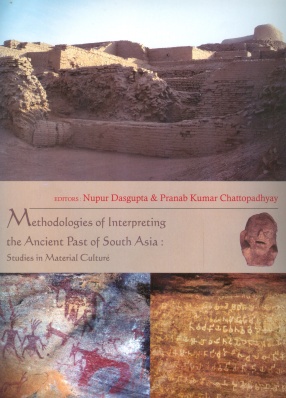

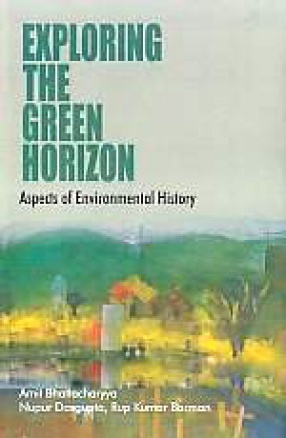
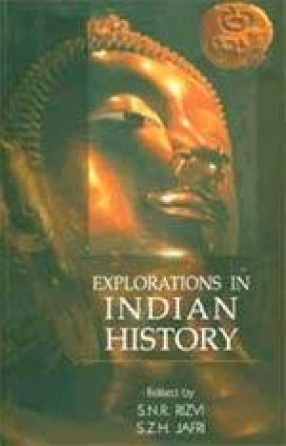
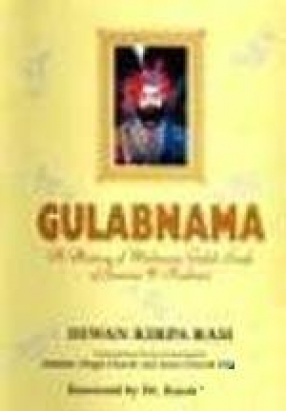
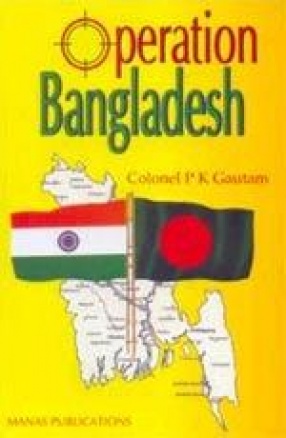
There are no reviews yet.